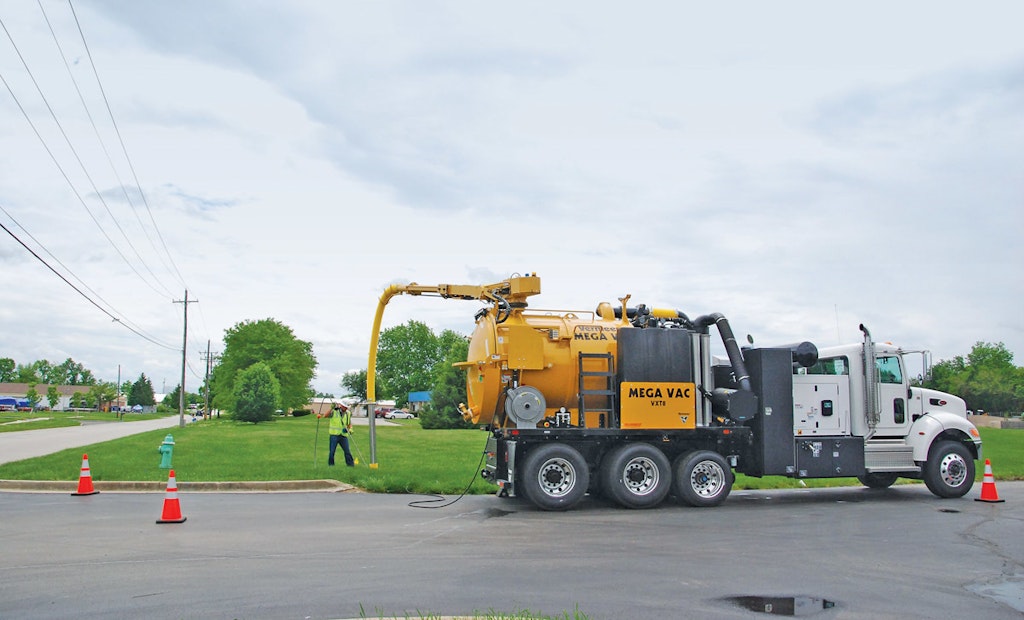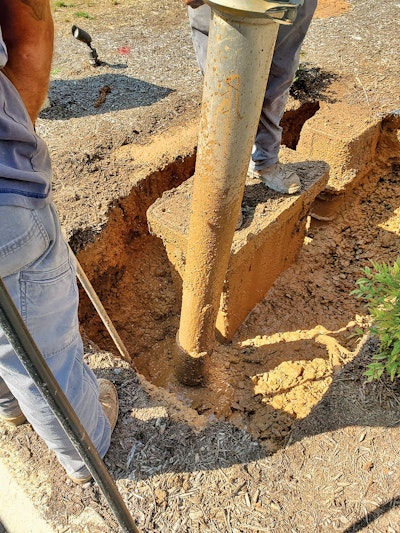
The City of Maryville (Tennessee) recently addressed its need to pothole utilities and excavate around existing infrastructure by adding a Vermeer McLaughlin series VXT8 Mega Vac vacuum excavator to its fleet.
Nestled in the foothills of the Great Smoky Mountains, the city of Maryville, a suburb of Knoxville, Tennessee, is going through a growth spurt. With a population of nearly 30,000 people and climbing, the town has experienced a big spike in utility development within the last two...







